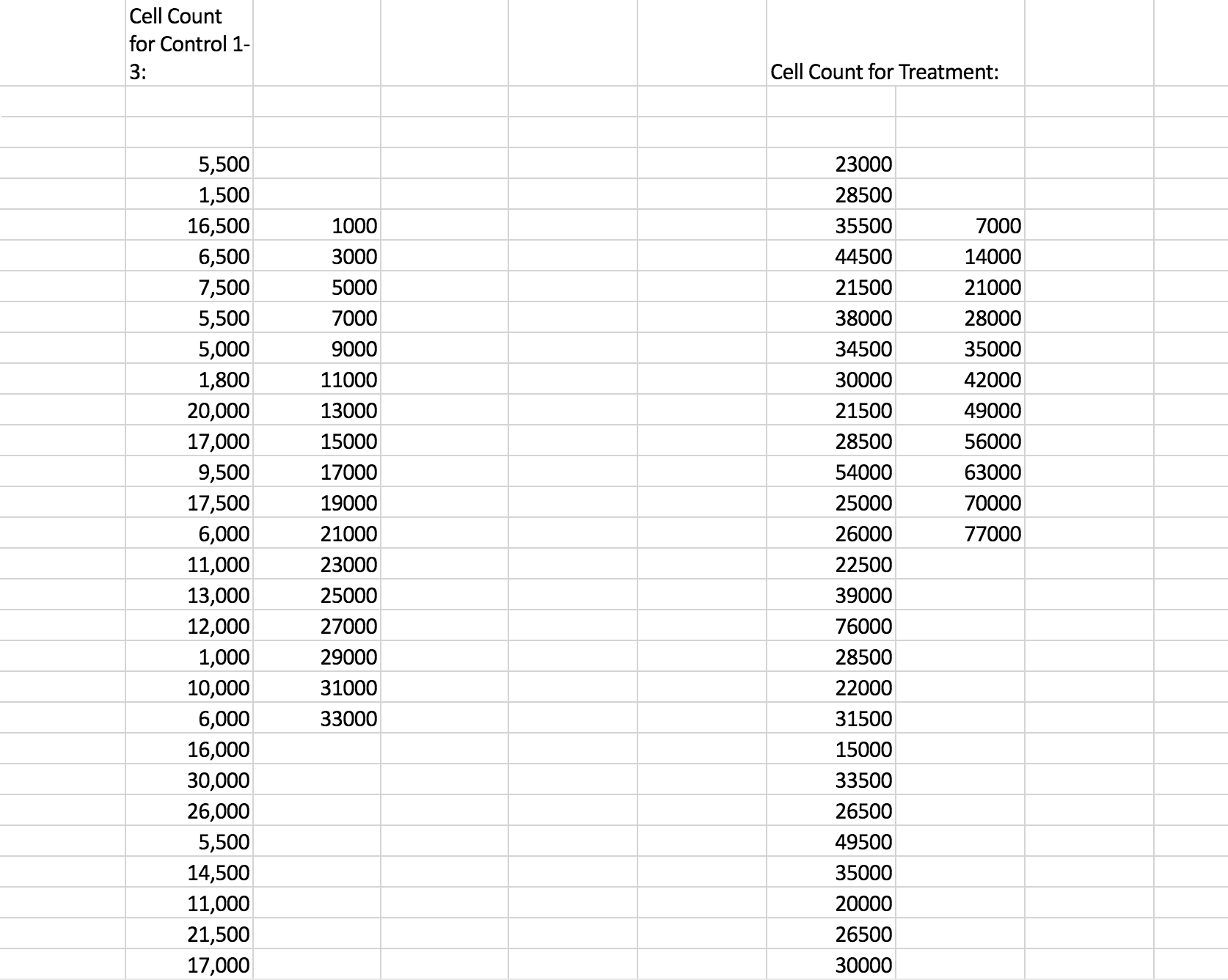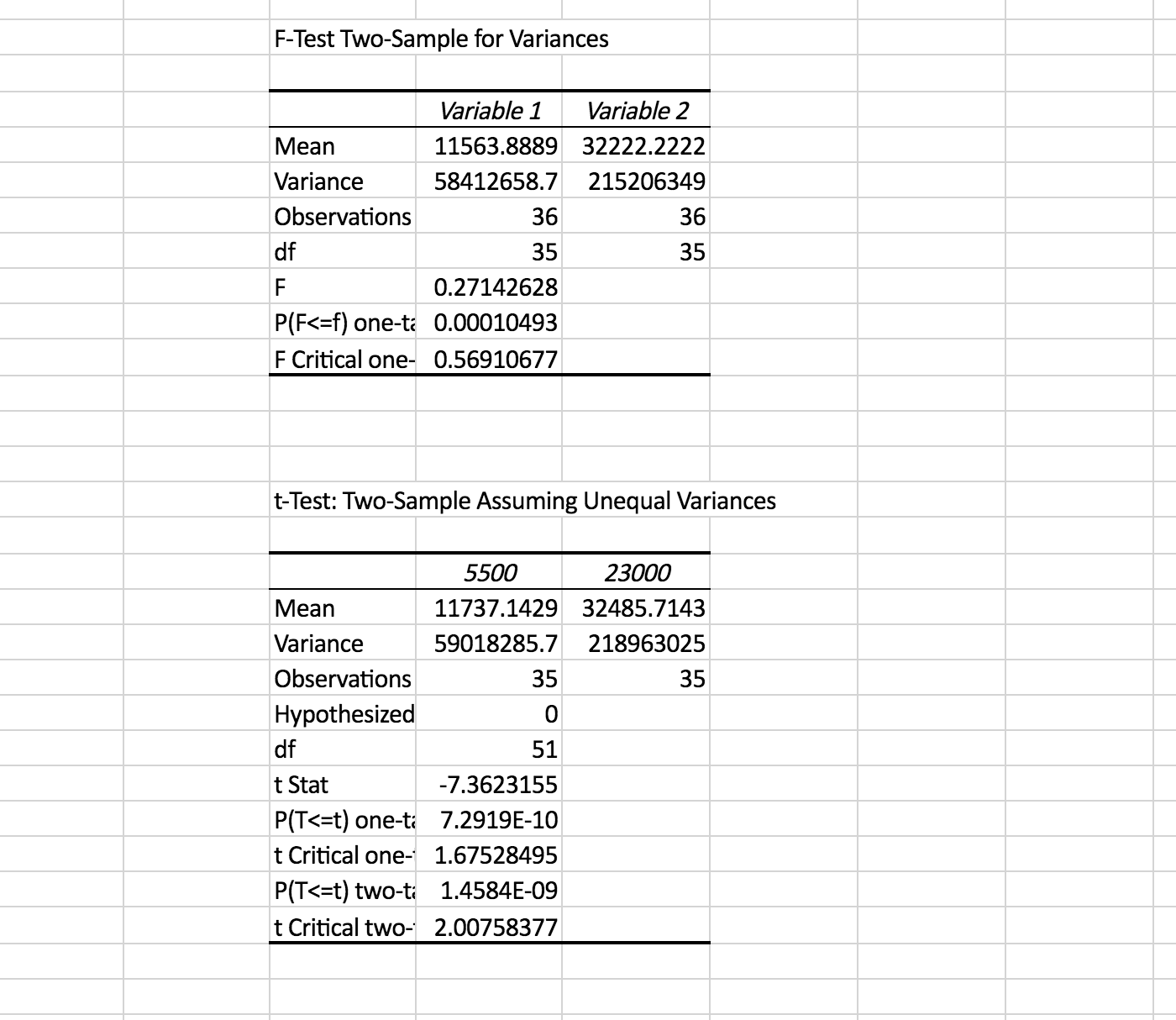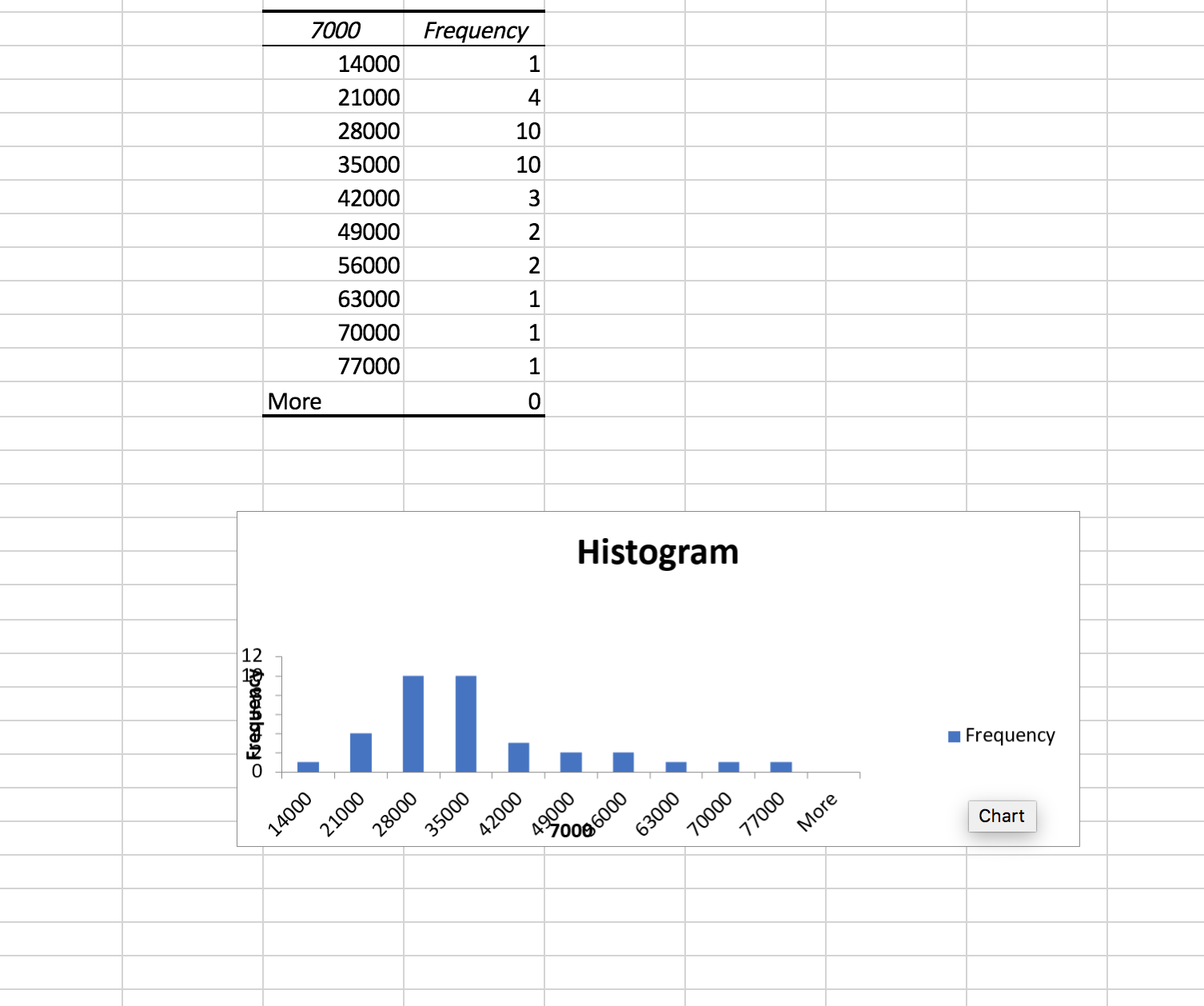Lab 13
Objective:
The purpose of this lab was to determine the texture of the soil samples that we collected and to find and classify the ciliates we found within them. We then discussed in our groups about a plan for our presentation and how we will execute this plan.
Procedure:
- Obtain the falcon tube containing your soil.
- Observe the layers of sand, silt, and clay.
- Use a ruler to measure each layer in the tube in centimeters.
- Take a picture of the ruler and falcon tube for later reference.
- Find the percent mass of each layer by taking the measurement of each layer divided by the total of all three layers and multiplying by 100.
- An example of how to do these calculations was provided for us on the board.
- Use the percentages to follow the chart for finding the textures of the soil sample.
- Get your non-flooded plate from hope.
- Place multiple 20 µl drop of water from the non-flooded plate onto a clean concavity slide.
- Observe these drops under a compound microscope and record any ciliate findings in your journal and take a picture.
- Observe the ciliates movement and if to hard to do so you can dye the drop iodine so that they stop moving and you get a better picture.
- Observe the ciliates and attempt to classify them.
- Record these findings in lab notebook.
Data and Observations:
Ciliate Observation:
I found many ciliates in my sample, some were moving fast and were hard to see while others were slower and more observable. To see the faster ones I dyed my drop with iodine.
Storage:
The slides I used were cleaned and set out to dry. The microscope was covered and placed back in place. The non-flooded plates were placed in the hood. My falcon tube containing soil was placed in the rack.
Conclusion and Future Steps:
The soil texture test was intriguing because I discovered the soil I had allowed more ciliates to grow and prosper compared to some of the other soil samples. It was also cool looking for ciliates within our non-flooded plates because there were many types of ciliates that were able to be observed and seen thriving in their natural environment. I was not able to identify the ciliates I found but have decided to do my best by taking screenshots within the videos and comparing the ciliate images to those of the ones on the internet. This information will be presented to the class later in the lab and we will all be able to share our findings and further our knowledge on the ciliates.





















